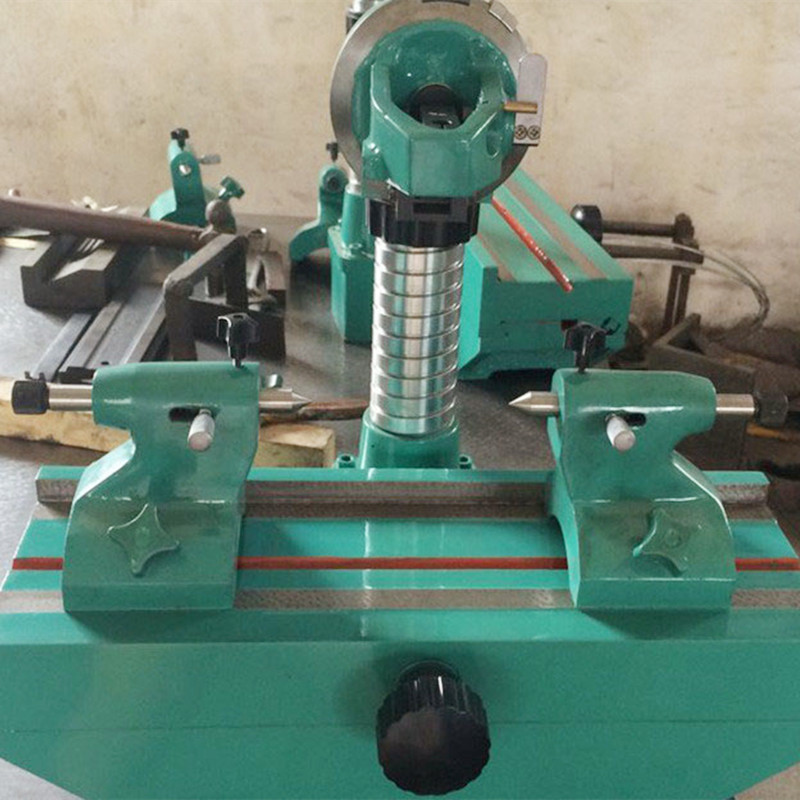okt. . 31, 2024 17:54 Back to list
Understanding the Importance of V Guide Rails in Modern Engineering Applications
Understanding V-Guide Rails An Essential Component in Modern Automation
In the ever-evolving world of automation and manufacturing, precision and efficiency are paramount. One of the key components that contribute to achieving these goals is the V-guide rail. Often found in linear motion systems, V-guide rails provide a reliable means for guiding and aligning various machinery components, ensuring smooth operation and enhanced productivity.
What are V-Guide Rails?
V-guide rails are geometrically designed rails featuring a V shaped groove that allows for precise linear movement of guided components. These rails are typically made from durable materials such as aluminum or hardened steel, which provide both strength and wear resistance. The design of the V-groove permits rolling elements, such as wheels or ball bearings, to maintain consistent contact with the rail, reducing friction and improving stability during operation.
Applications of V-Guide Rails
V-guide rails find applications in a diverse range of industries, from packaging and assembly to robotics and automation. In packaging machines, V-guide rails ensure that products are transported smoothly along the production line, minimizing the risk of jams or misalignments. In robotic systems, they assist in the precise movement of arms and tools, allowing for accurate positioning and manipulation tasks.
v guide rail

Furthermore, V-guide rails are commonly utilized in CNC machines, where they provide the necessary support and guidance for cutting tools. The precision offered by V-guide rails translates to high-quality machining results, facilitating increased output rates and reduced waste.
Advantages of Using V-Guide Rails
One of the primary reasons for the widespread adoption of V-guide rails is their ability to enhance operational efficiency. The smooth and controlled movement facilitated by these rails reduces wear and tear on both the rail and the rolling elements, leading to longer service life and decreased maintenance costs. Additionally, the design inherently allows for high load capacities, making V-guide systems suitable for heavy-duty applications.
Another advantage is the versatility of V-guide rails. They can be easily integrated into a variety of systems, whether as linear guides for conveyor belts or for linear actuators in robotic arms. This adaptability allows for streamlined implementation across different machinery, saving time and resources during installation.
Conclusion
In conclusion, V-guide rails are an indispensable element of modern automation and manufacturing processes. Their design promotes precision, efficiency, and longevity, making them a preferred choice for many industries. As technology continues to advance and the need for automation grows, the importance of reliable components like V-guide rails will only increase, underscoring their role in driving innovations in manufacturing and production systems. By integrating V-guide rails into their operations, manufacturers can enhance their systems' overall performance, ensuring they remain competitive in a rapidly changing marketplace.
-
Retrofitting Old Systems with Y Type Strainer ValvesNewsJun.20,2025
-
Predictive Maintenance Strategies for Industrial Butterfly ValvesNewsJun.20,2025
-
Optimizing Check Valve Types Performance in Harsh EnvironmentsNewsJun.20,2025
-
Material Selection for Ball Check ValvesNewsJun.20,2025
-
Cost-Effective Selection Criteria for Globe Gate Valve SizingNewsJun.20,2025
-
Control Valve Selection Criteria for Water Treatment PlantsNewsJun.20,2025
Related PRODUCTS









